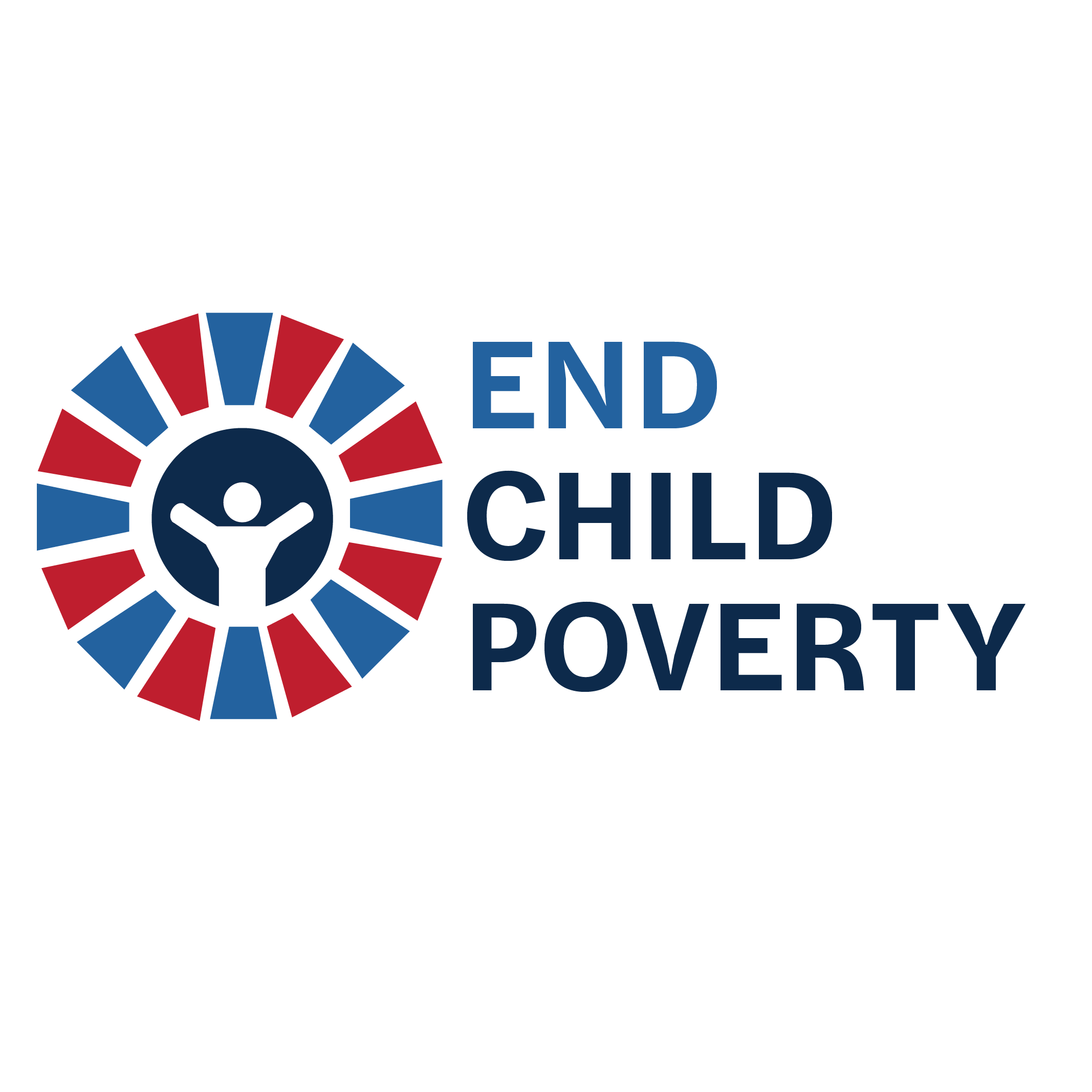Lack of Progress on Child Poverty Reduction Prompts the Formation of New National Coalition
Washington – Amid alarming new Census data showing that nearly one in five children live below the federal poverty line, a coalition of national and state broad-based, child-focused organizations, has formed the U.S. Child Poverty Action Group (CPAG), a similar iteration of a group that successfully lobbied for policies that cut child poverty by half in the United Kingdom in 2009.
The 2015 data on income and poverty released by the U.S. Census Bureau today is a stark reminder that 14.5 million children are suffering from the effects of poverty. While anti-poverty programs have helped lift millions of children out of poverty, more must be done to give children a fair shot to succeed.
"We know more than we ever did about the devastating costs of child poverty to children's well-being and the nation's future,” said Jeff Madrick, director of the Bernard L. Schwartz Rediscovering Government Initiative at The Century Foundation, a CPAG member. “It's time for a truly aggressive national crusade against this grave threat to America--and that's why the launch of the Child Poverty Action group is so important.”
Despite some progress, the new poverty data paints a bleak landscape for children. Minority and young children, specifically, continue to experience higher rates of poverty than other age groups in our society. Children make up 23.1 percent of the U.S. population, but account for 33.6 percent of the population living in poverty. Children are 69 percent more likely to live in poverty than adults.
“It’s clear that meaningful and targeted action to reduce child poverty is badly needed in this country,” said Bruce Lesley, president of First Focus, a CPAG member. “Lawmakers must stop ignoring poverty and act in the best interest of America’s children.”
Some figures to note from the latest Census data:
32.9 percent of Black children, and 28.9 percent of Hispanic children live in poverty, compared with 12.1 percent of white children who live in poverty
21 percent of children under age 6 live in poverty
8.9 percent of children live in deep poverty (below 50 percent of the poverty threshold)
To ensure that child poverty reduction is prioritized in Congress and the next administration, CPAG will advocate for the adoption of a National Child Poverty Target to guide future budget and legislative decisions. Through the establishment of a child poverty target, the UK cut its own child poverty rate (measured in U.S. terms) by 50 percent during the effort’s first decade (1999-2009). By contrast, the U.S. child poverty rate increased by nearly 18 percent, from 16.2 percent in 2000 to 19.7 percent in 2015.
"Every child deserves a strong start in life,” said John Bouman, president of the Sargent Shriver National Center on Poverty Law, a CPAG member. “Action by the states is essential to reducing child poverty, and there has been progress in many states. The federal government must do more to incentivize, reward, and resource the states so that this progress can continue and expand."
CPAG members believe that by making targeted investments in children, measures to make work pay, and efforts to increase financial support for families, the U.S. can achieve the same success as its neighbors in the UK. This includes a combination of short- and long-term policies that focus on education, benefits programs, workforce development, health, and taxes. For the target to be effective, there must be bipartisan consensus to put children first in broader economic policy decisions.
“Considering what’s at stake here, surely, it’s possible to find common ground on the vitally important goal of child poverty reduction and achieve support across party lines,” said Renée Wilson-Simmons, director of the National Center for Children in Poverty at Columbia University Mailman School of Public Health, a CPAG member. “Although bipartisanship has sometimes been criticized for obscuring the differences between political parties, such condemnation cannot hold true when it comes to reducing poverty and improving the health, wellbeing, and life outcomes of our nation’s next generation of adults.”
Inaugural CPAG members include:
American Federation of Teachers
PICO National Network
The Century Foundation
National Council of La Raza
National Center for Children in Poverty
The Center for Native American Youth
Sargent Shriver National Center on Poverty Law
Child Welfare League of America
Corporation for Enterprise Development
MomsRising
Inclusion.US
Click here for a more detailed analysis of the newly released 2015 census data.
###
The U.S. Child Poverty Action Group (CPAG USA) is a broad-based coalition of non-profit, child-focused organizations and individuals dedicated to cutting the child poverty rate in half within 10 years. For more information, follow CPAG on Twitter @CPAG_USA or visit www.childpovertyusa.org.
